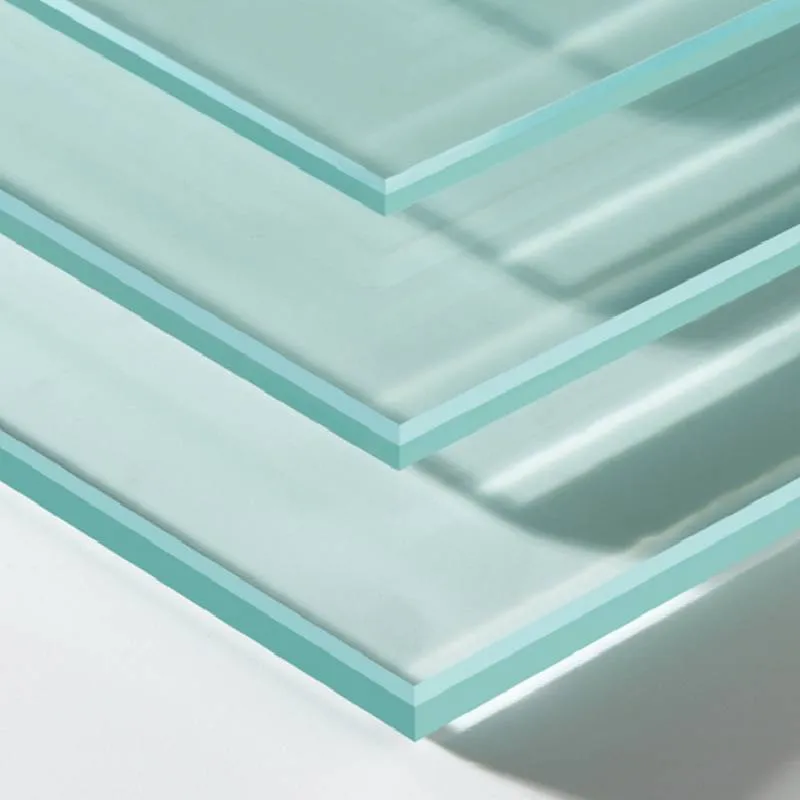The Price Dynamics of Mirror Glass An In-Depth Analysis
Mirror glass has become an essential component in modern architecture and design. Its reflective properties not only enhance aesthetics but also contribute to light management and spatial perception. However, the price of mirror glass can vary significantly depending on several factors, including quality, type, thickness, and market demand. In this article, we will explore the key components influencing the price of mirror glass and how to navigate these factors for both consumers and suppliers.
Types of Mirror Glass
Understanding the different types of mirror glass available in the market is crucial for grasping pricing dynamics
. Generally, there are two primary categories standard glass mirrors and specialty mirrors.
1. Standard Glass Mirrors These are commonly used in homes and commercial spaces. The price for standard mirror glass typically ranges from $10 to $50 per square meter, depending on the thickness and size. Common uses include bathroom mirrors, wall decoration, and interior design elements.
2. Specialty Mirrors This category includes various types like anti-fog mirrors, distortion-free mirrors, and high-performance mirrors used in solar energy applications. Due to their advanced manufacturing processes and additional materials, specialty mirrors can range from $50 to $200 or more per square meter.
The choice between these types will largely depend on the application and the aesthetics desired, which in turn affects the cost.
Quality Factors
The quality of mirror glass is a significant determinant of its price. High-quality mirrors are produced using advanced coating technologies that enhance clarity and durability. For example, silver-coated mirrors are considered superior due to their high reflectivity and resistance to tarnishing. Such mirrors can command prices that are 20–30% higher than those of lower-quality aluminum-coated mirrors.
Thickness also plays a crucial role in the pricing of mirror glass. Standard thickness ranges from 3mm to 6mm. Thicker glass offers greater durability and resistance to breakage, which can increase the price by 10% to 40%. Buyers must weigh the importance of quality against budget constraints when selecting mirror glass.
Market Demand and Supply
mirror glass price
Like many commodities, the price of mirror glass is influenced by market demand and supply dynamics. During construction booms or periods of increased renovation activity, the demand for mirror glass surges, often leading to price hikes. Conversely, during economic downturns, demand may decrease, causing prices to stabilize or even drop.
Global supply chain issues, such as raw material shortages or transportation disruptions, can also impact prices. For instance, if a country that supplies critical materials for mirror production faces export restrictions, manufacturers may struggle to acquire the necessary resources, driving up prices for consumers.
Geographic Pricing Variations
Prices for mirror glass can also vary geographically. In urban areas with high demand and higher living costs, consumers may find that mirror glass is priced at a premium. In contrast, rural areas might offer lower prices due to decreased demand and lower operating costs for suppliers.
Moreover, international trade agreements and tariffs can affect pricing for imported mirror glass. In regions where imports face significant tariffs, local manufacturers may gain an advantage, creating a competitive pricing environment that could benefit local consumers.
Sustainability Considerations
As consumers become increasingly aware of environmental issues, the demand for sustainable products—including eco-friendly mirror glass—has also risen. Products made from recycled materials or those that exhibit energy-efficient properties tend to be priced higher due to the added costs associated with sustainable production. However, this trend also indicates a shift in consumer behavior; individuals are often willing to pay a premium for products that are environmentally friendly.
Conclusion
In conclusion, understanding the price of mirror glass requires an appreciation of various factors, including the type of glass, quality, market demand, geographic variations, and sustainability considerations. For consumers, making informed choices based on these factors can result in better purchasing decisions. Meanwhile, suppliers and manufacturers should remain agile, responding to changes in market dynamics to ensure competitiveness in pricing.
Ultimately, mirror glass plays a pivotal role in modern design, and as demand continues to evolve, its pricing will reflect the complexities of the market it serves. Whether for personal use or commercial applications, the decisions made regarding mirror glass will inevitably shape the environment in which it is placed, both functionally and aesthetically.
 Afrikaans
Afrikaans  Albanian
Albanian  Amharic
Amharic  Arabic
Arabic  Armenian
Armenian  Azerbaijani
Azerbaijani  Basque
Basque  Belarusian
Belarusian  Bengali
Bengali  Bosnian
Bosnian  Bulgarian
Bulgarian  Catalan
Catalan  Cebuano
Cebuano  Corsican
Corsican  Croatian
Croatian  Czech
Czech  Danish
Danish  Dutch
Dutch  English
English  Esperanto
Esperanto  Estonian
Estonian  Finnish
Finnish  French
French  Frisian
Frisian  Galician
Galician  Georgian
Georgian  German
German  Greek
Greek  Gujarati
Gujarati  Haitian Creole
Haitian Creole  hausa
hausa  hawaiian
hawaiian  Hebrew
Hebrew  Hindi
Hindi  Miao
Miao  Hungarian
Hungarian  Icelandic
Icelandic  igbo
igbo  Indonesian
Indonesian  irish
irish  Italian
Italian  Japanese
Japanese  Javanese
Javanese  Kannada
Kannada  kazakh
kazakh  Khmer
Khmer  Rwandese
Rwandese  Korean
Korean  Kurdish
Kurdish  Kyrgyz
Kyrgyz  Lao
Lao  Latin
Latin  Latvian
Latvian  Lithuanian
Lithuanian  Luxembourgish
Luxembourgish  Macedonian
Macedonian  Malgashi
Malgashi  Malay
Malay  Malayalam
Malayalam  Maltese
Maltese  Maori
Maori  Marathi
Marathi  Mongolian
Mongolian  Myanmar
Myanmar  Nepali
Nepali  Norwegian
Norwegian  Norwegian
Norwegian  Occitan
Occitan  Pashto
Pashto  Persian
Persian  Polish
Polish  Portuguese
Portuguese  Punjabi
Punjabi  Romanian
Romanian  Russian
Russian  Samoan
Samoan  Scottish Gaelic
Scottish Gaelic  Serbian
Serbian  Sesotho
Sesotho  Shona
Shona  Sindhi
Sindhi  Sinhala
Sinhala  Slovak
Slovak  Slovenian
Slovenian  Somali
Somali  Spanish
Spanish  Sundanese
Sundanese  Swahili
Swahili  Swedish
Swedish  Tagalog
Tagalog  Tajik
Tajik  Tamil
Tamil  Tatar
Tatar  Telugu
Telugu  Thai
Thai  Turkish
Turkish  Turkmen
Turkmen  Ukrainian
Ukrainian  Urdu
Urdu  Uighur
Uighur  Uzbek
Uzbek  Vietnamese
Vietnamese  Welsh
Welsh  Bantu
Bantu  Yiddish
Yiddish  Yoruba
Yoruba  Zulu
Zulu 

